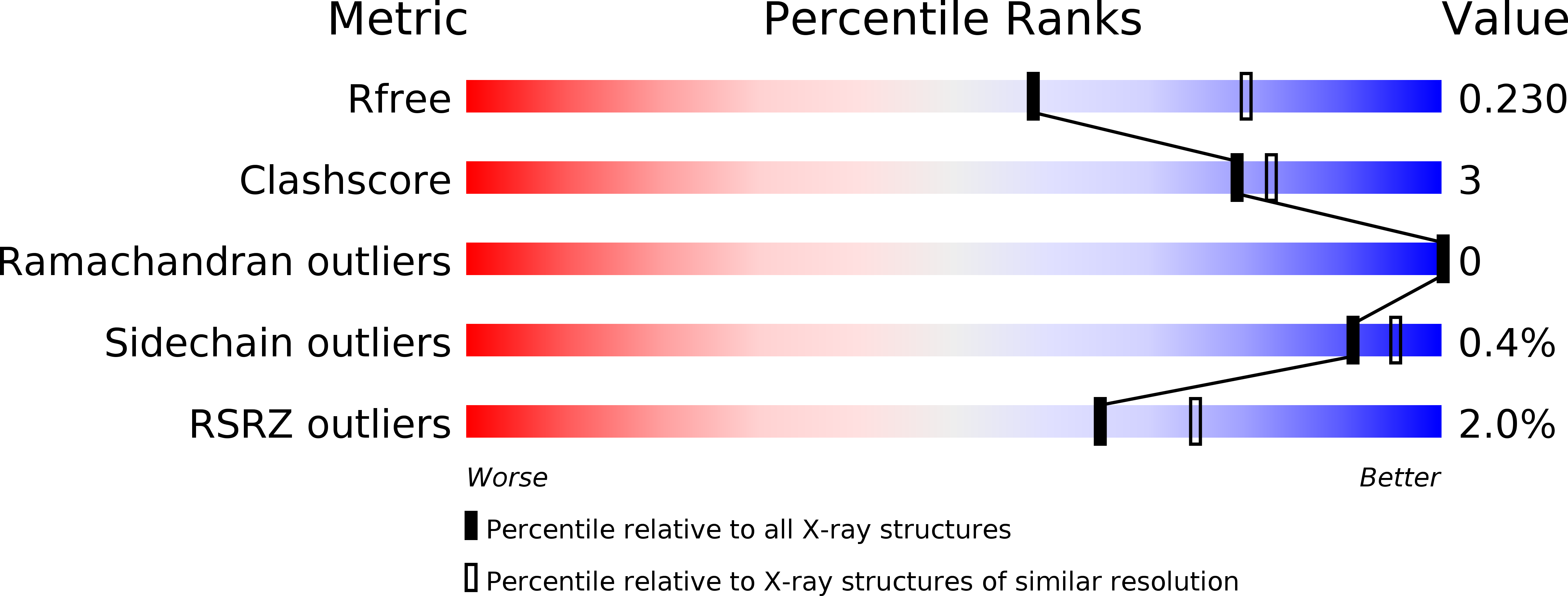
Deposition Date
2015-06-29
Release Date
2015-07-22
Last Version Date
2024-01-10
Method Details:
Experimental Method:
Resolution:
2.35 Å
R-Value Free:
0.22
R-Value Work:
0.19
R-Value Observed:
0.19
Space Group:
H 3 2


